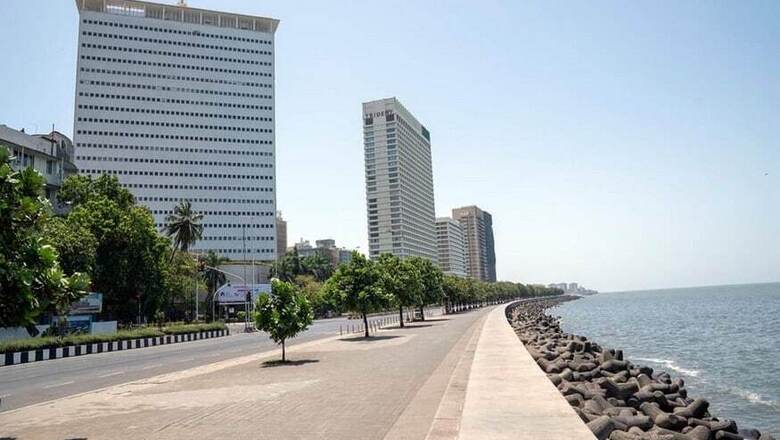
views
The Coronavirus, or COVID-19 spread around the world has brought the world to a standstill. People are working from home, there are less humans are milling about outdoors and there is just less noise and commotion as people have been mandated to stay put because of the lockdowns in many countries. The hope is that with people staying at home and social distancing being followed as a rule, will help prevent further spread of the Coronavirus. Flatten the curve, as they say. This has had a positive side. Critics may argue, but nature has been documented reclaiming its rightful space on the planet—the cleaner water in the canals in Venice and the reduced air pollution in China, for example. Now, humans being on a leash has had another positive impact—the Earth’s seismic noise has reduced. In fact, there is a massive reduction in seismic noise being detected by seismometers around the world.
The changes are being felt around the world. The Royal Observatory of Belgium, which makes it clear that their staff is monitoring everything from home says, “Our staff is teleworking. The earth continues shaking. Ground movements at frequencies 1-20 Hz, mainly due to human activity (cars, trains, industries,...) are much lower since the implementation of the containment measures by the government.” This has been the constant trend from March 17 all the way till March 31. In fact, their data suggests that these background noise levels have reduced by as much as 33 percent.
What are seismometers? These are detectors to pick up movements and activity in the earth’s crust, geological disturbances including volcanic activity and possible earthquakes. But very often, the movement of humans including traffic noise, factories and commercial machinery and even electricity power lines can interfere with the readings of these seismometers. With the cleaner and more accurate data that scientists are able to collect as most of the world is sitting indoors, they will be able to predict any potential volcanic activity or earthquakes better.
If lockdowns continue in the coming months, city-based detectors around the world might be better than usual at detecting the locations of earthquake aftershocks. You’ll get a signal with less noise on top, allowing you to squeeze a little more information out of those events,” says Andy Frassetto, a seismologist at the Incorporated Research Institutions for Seismology in Washington DC, while speaking with Nature.
The British Geological Survey’s seismometers also indicate a significant drop in noise levels. Stations in France and New Zealand have also reported that the earth is less noisy at this time.
Lots of our seismometers are seeing a drop in noise levels as human activity decreases. The image shows our GAT2 station beside Gatwick airport. Upper image is from Monday 24th February (normal situation), lower image Monday 30th March. pic.twitter.com/p3CiQSv7Hk— BGSseismology (@BGSseismology) April 1, 2020
“The #covid19UK lockdown as seen by a seismometer. This week has seen a reduction in average daytime background seismic noise level (purple line). Data is from @BGSseismology station SWN1 located close to the M4 motorway, so this probably reflects less traffic out on the roads,” says Stephen Hicks, seismologist at the Imperial College London, referring to the data shared by the British Geological Survey.
This just adds itself to the stark reminders nature has already given us about the damage humans have done to the planet, and how these changes might need to be reversed at some point.



















Comments
0 comment